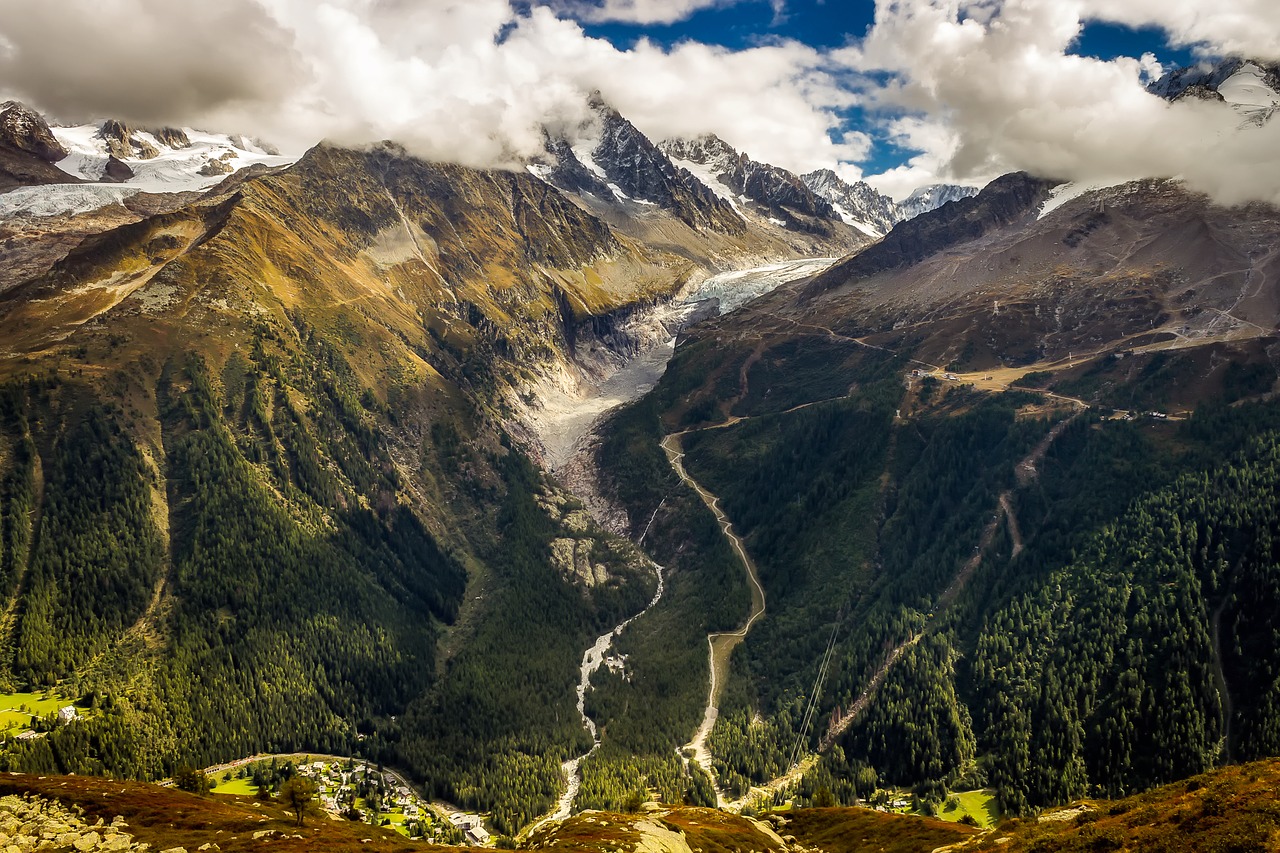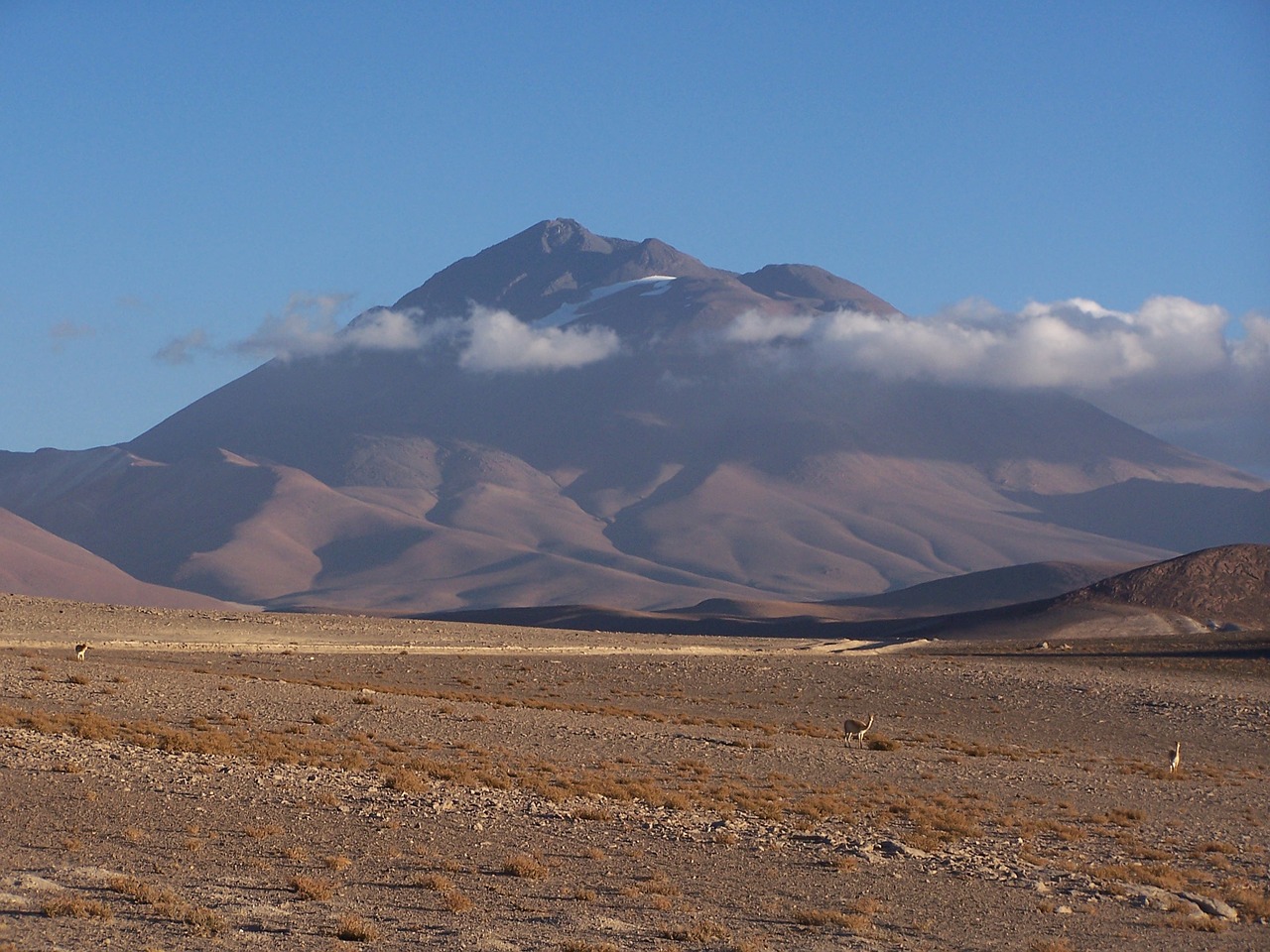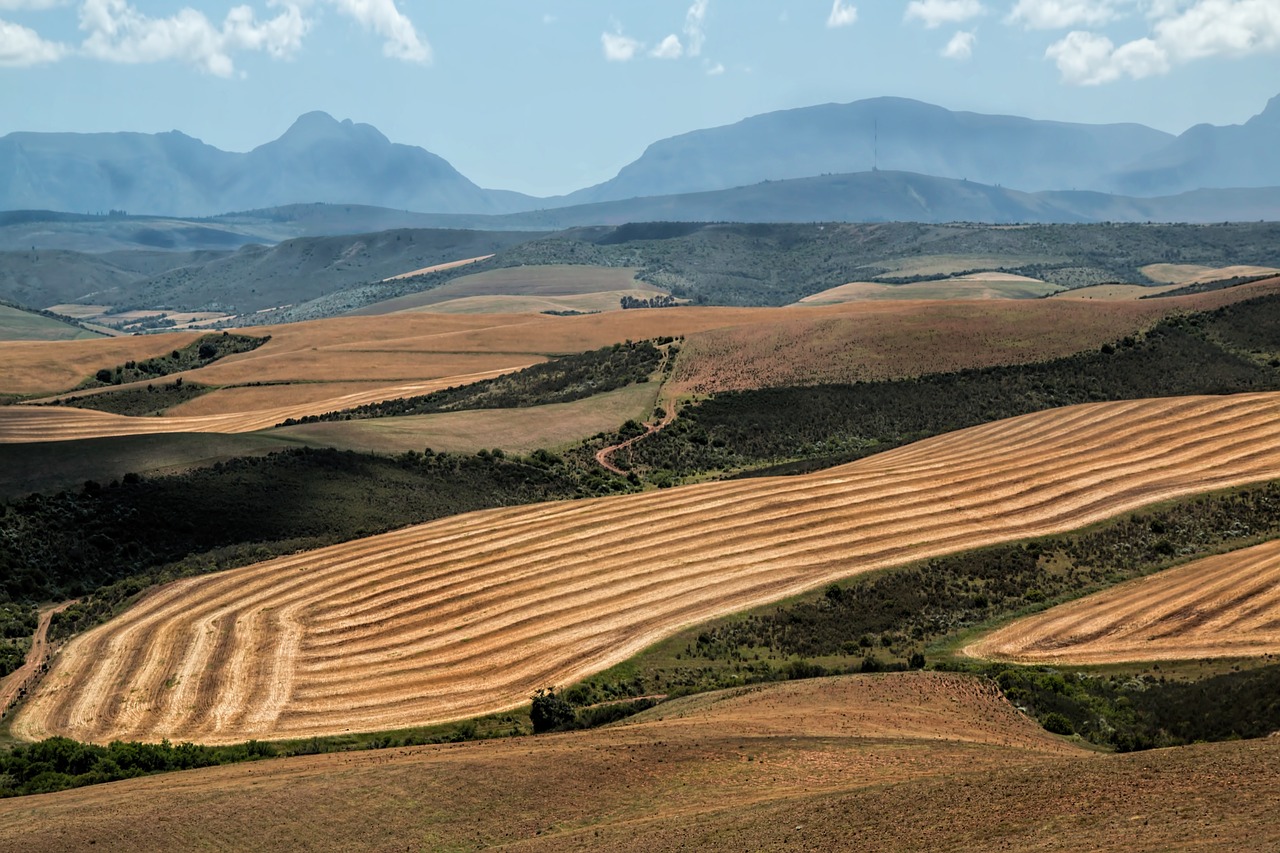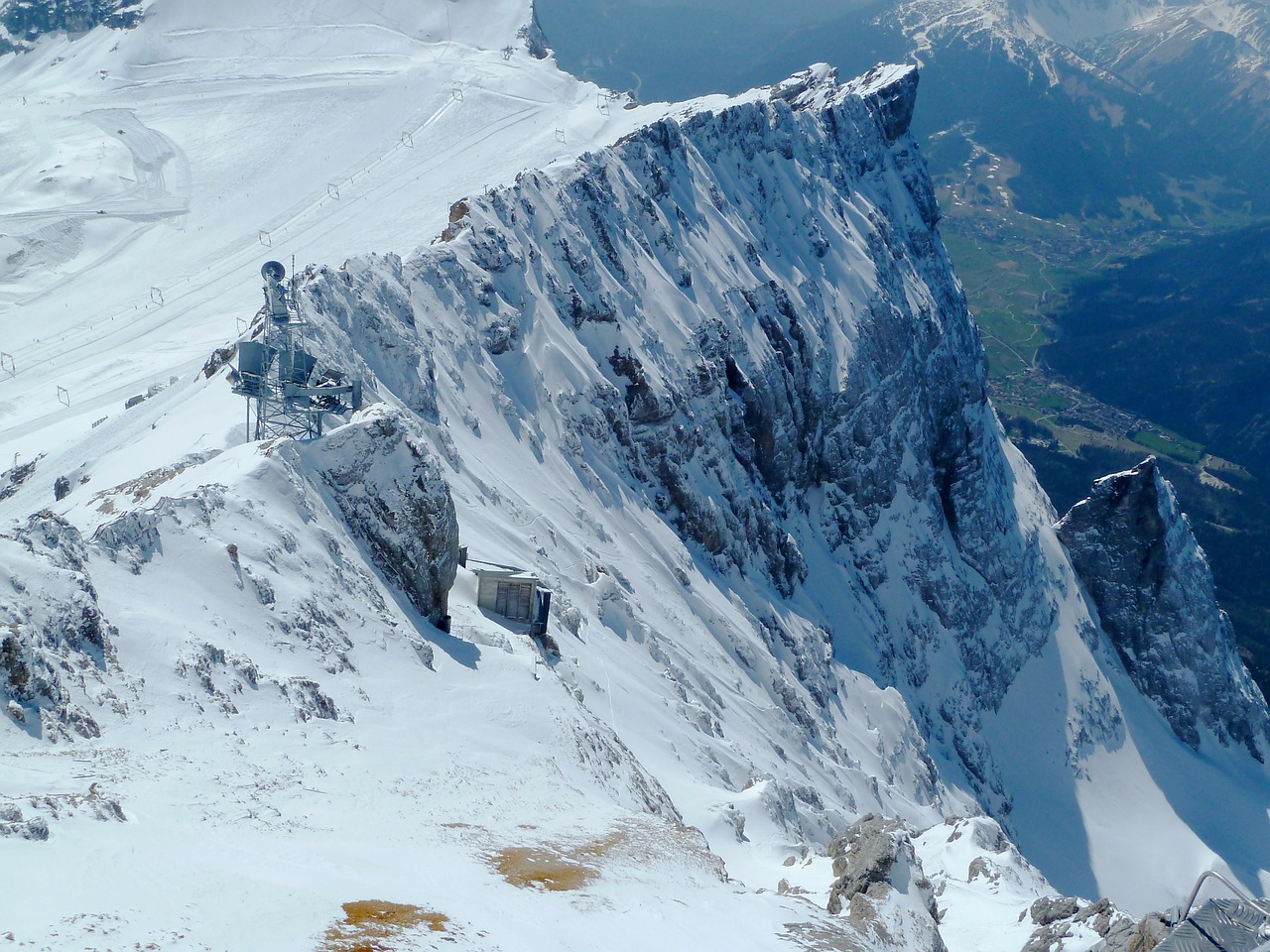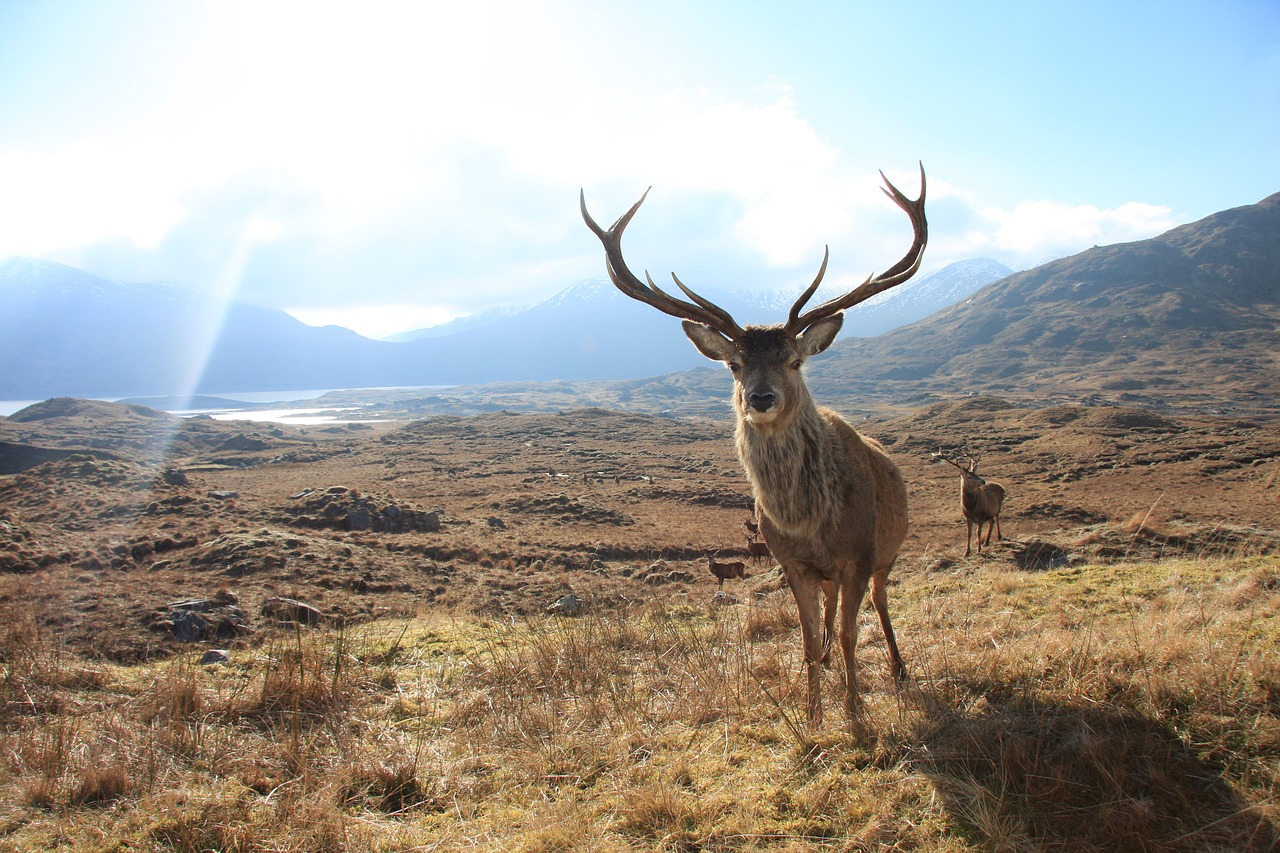News
- Details
- Category: MRI News
Key reforms recently passed by the World Meteorological Organization (WMO) offer encouraging prospects for collaboration on our changing mountains.
So far, 2019 has been a busy year for the WMO – the specialized agency of the United Nations dedicated to international cooperation and coordination on the state and behaviour of the Earth’s atmosphere, its interaction with the land and oceans, the weather and climate it produces, and the resulting distribution of water resources. Among key reforms passed at its recent Congress in June are encouraging prospects for coordination and collaborations on mountains. Support for the work of the WMO’s Polar and High Mountain Observations, Research, and Services (PHORS), and the upcoming High Mountains Summit in October 2019, are flagged as key opportunities to link the work of the MRI and its community to important agendas for our changing mountains.
- Details
- Category: MRI News
The MRI is supporting a call issued by the Association of Polar Early Career Scientists – in collaboration with other early career associations and networks – for early career researchers from various disciplines to come together to produce a group review of the Intergovernmental Panel on Climate Change Working Group II contribution to the 6th Assessment Report.
The First Order Draft of the Intergovernmental Panel on Climate Change (IPCC) Working Group II contribution to the 6th Assessment Report is due to be published around 2021. The Association of Polar Early Career Scientists (APECS), Permafrost Young Researchers Network (PYRN), Young Earth System Scientists (YESS), PAGES Early-Career Network (PAGES-ECN), the Mountain Research Initiative (MRI), and the Interdisciplinary Marine Early Career Network (IMECaN) are coordinating the next review of this report by early-career experts, taking place between October and November 2019.
- Details
- Category: Global News
New research has found that in contrast to pre-industrial climate fluctuations, current anthropogenic climate change is occurring across the whole world at the same time. In addition, the speed of global warming is higher than it has been in at least 2,000 years.
Many people have a clear picture of the 'Little Ice Age' (from approx. 1300 to 1850). It is characterized by paintings showing people skating on Dutch canals and glaciers advancing far into the alpine valleys. That it was extraordinarily cool in Europe for several centuries is proven by a large number of temperature reconstructions using tree rings, for example, not just by historical paintings. As there are also similar reconstructions for North America, it was assumed that the 'Little Ice Age' and the similarly famous 'Medieval Warm Period' (approx. 700–1400) were global phenomena. But now an international group led by Raphael Neukom of the Oeschger Center for Climate Change Research at the University of Bern is painting a very different picture of these alleged global climate fluctuations. In a study which has just appeared in the well-known scientific journal Nature, and in a supplementary publication in Nature Geoscience, the team shows that there is no evidence that there were uniform warm and cold periods across the globe over the last 2,000 years.
- Details
- Category: Global News
High in the Andes Mountains, dagger-shaped ice spires house thriving microbial communities, offering an oasis for life in one of Earth’s harshest environments.
The distinctive icy blade formations known as nieves penitentes (or, 'penitent ones') are named for their resemblance to praying monks in white robes and form in cold, dry conditions at elevations above 13,000 feet. The penitentes, which can range from a few inches to 15 feet high, are found in some of the most hostile conditions on Earth, with extreme winds, temperature fluctuations, and high UV radiation exposure due to the thin atmosphere.
- Details
- Category: New Publication
A new issue of the open access journal Mountain Research and Development presents findings on sustainable food systems in mountain regions. The issue also examines perceptions of national parks in a neoliberal context in Poland and Switzerland, and the postdisturbance recovery of forests and carbon stock in a national park in Slovakia.
The latest issue of Mountain Research and Development (MRD), Vol 39, No 1, is now available online, and open access. In this issue, two papers address food security in mountains: one presents a food systems mapping approach tested in Kenya and Bolivia, and the other assesses food consumption patterns among Mapuche communities in Chile.
- Details
- Category: MRI News
In July, experts from IPCC Working Group II met in Kathmandu, Nepal, to continue preparing their contribution to the IPCC Sixth Assessment Report (AR6). Among them was MRI Executive Director Carolina Adler, selected to co-lead the AR6 Cross-Chapter Paper on Mountains.
The Intergovernmental Panel on Climate Change (IPCC) Working Group II – which deals with impacts, adaptation, and vulnerability to climate change – met in Kathmandu, Nepal, 15-19 July 2019 to advance their contribution to the IPCC Sixth Assessment Report (AR6). This Second Lead Author Meeting for AR6 brought together more than 260 authors and IPCC Bureau members from more than 60 countries. It was hosted by the Ministry of Forests and Environment, Government of Nepal, in collaboration with the International Centre for Integrated Mountain Development (ICIMOD).
- Details
- Category: New Publication
The Environmental Research Station Schneefernerhaus (UFS) on Zugspitze, Germany has conducted a new study to determine the atmospheric CO2 measurements at such an altitude over an extended period of time. The site was chosen due to its elevated location, which makes it less influenced by anthropogenic emissions.
- Details
- Category: New Publication
The latest issue of eco.mont – Journal of Protected Mountain Areas Research and Management – explores the variety of challenges faced by managers of protected areas, and reflects a diversity of approaches depending on countries and type of protected area.
The July issue of eco.mont explores the challenges associated with managing protected areas (PA) across the globe, kicking off with a paper about red deer management and how national parks and adjacent areas could benefit through joint deer management. As Herbert Wölger, Managing Director of the Gesäuse National Park, writes in his editorial in this issue of eco.mont: "The borders of strictly protected national parks usually constitute a sharp administrative limit, which is often reflected in equally strictly differentiated attitudes on both sides of the boundaries. Joint management plans are therefore difficult to find in practice, but still represent a goal to aim for."




